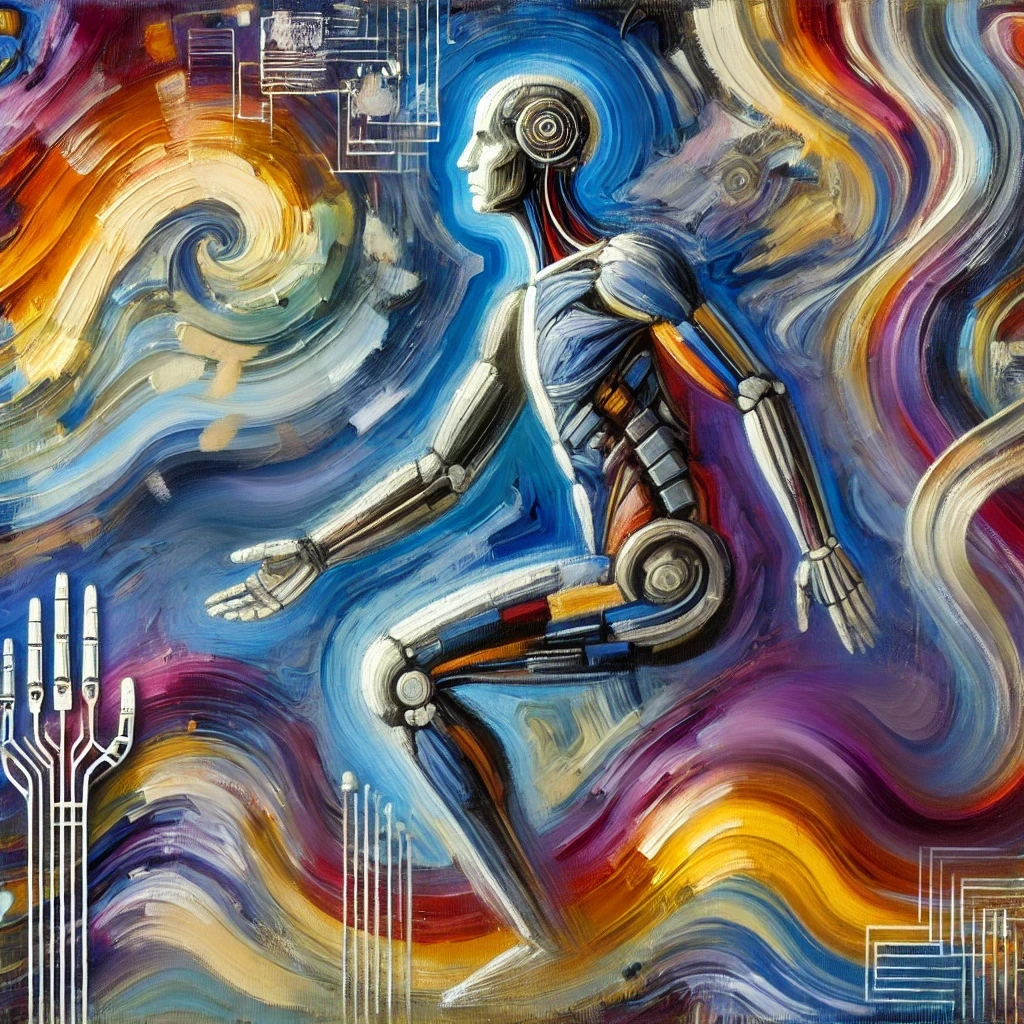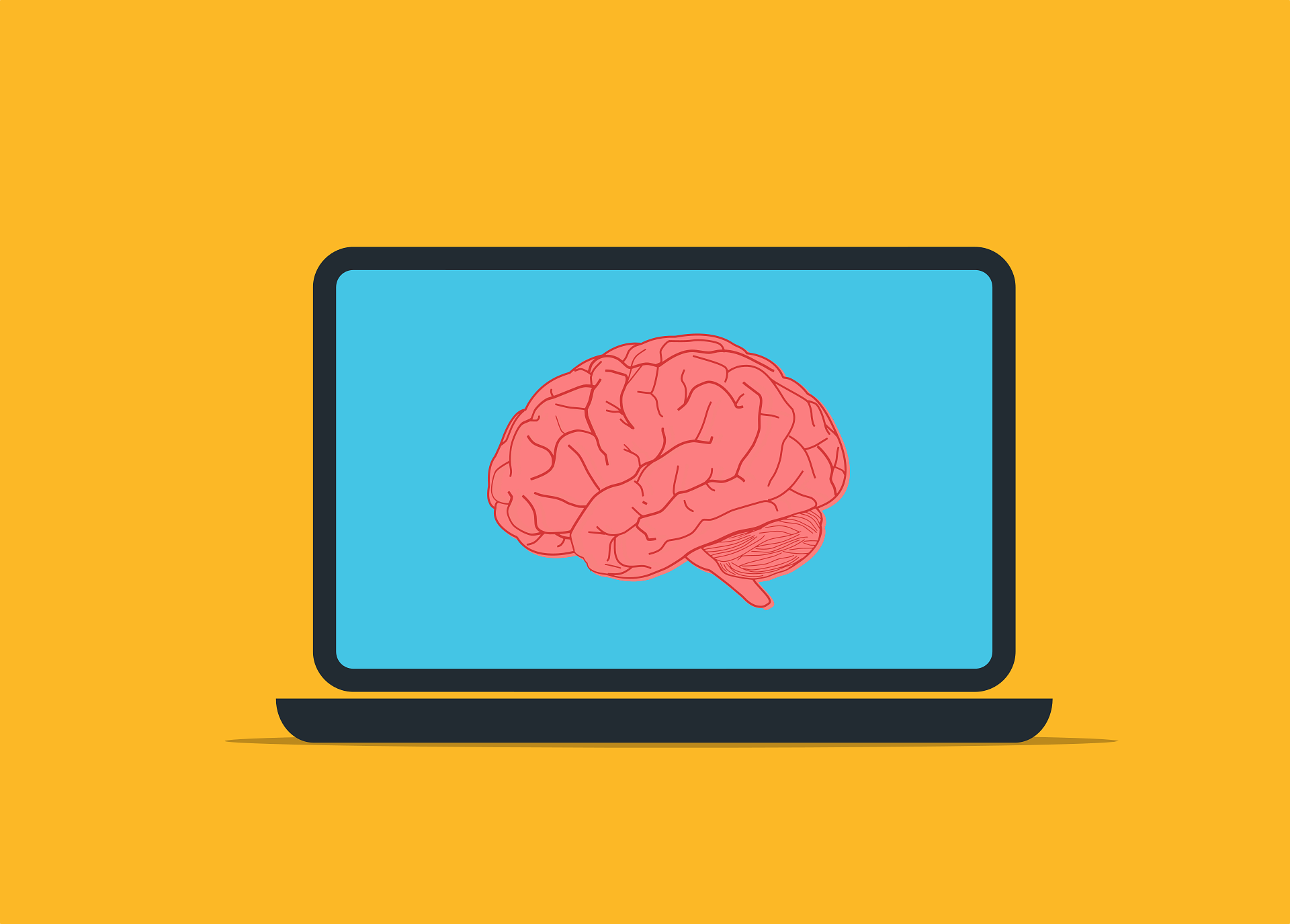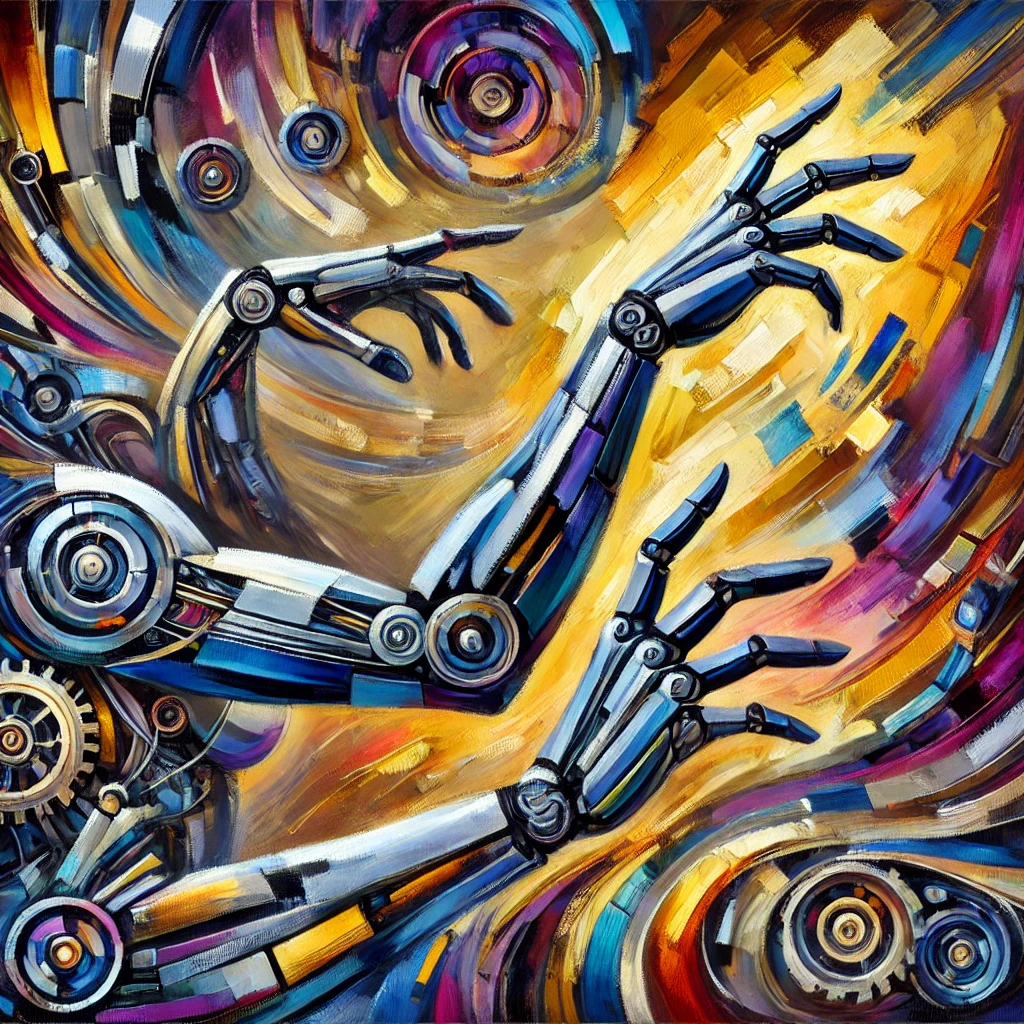
Imagine controlling your devices just by using your brain signals. With the advent of Brain-Computer Interface (BCI) technology, this is no longer a scene from a sci-fi movie but a rapidly approaching reality.
This blog will explore the fascinating world of BCI, its underlying mechanisms, and its transformative applications in various fields, particularly through the innovative work of Wearable Sensing and their dry EEG technology.
Understanding Brain-Computer Interface
A Brain-Computer Interface (BCI) is a computer-based system that captures brain signals, analyzes them, and converts them into commands to control an output device, bypassing the brain’s usual pathways of peripheral nerves and muscles. This definition confines BCIs to systems utilizing signals from the central nervous system (CNS). Therefore, voice-activated or muscle-activated systems are not considered BCIs. An electroencephalogram (EEG) machine alone does not qualify as a BCI, as it only records brain signals without generating actionable outputs.
Contrary to popular belief, BCIs are not mind-reading devices. They do not extract information from unwilling users but rather empower users to interact with their environment through brain signals instead of muscle movements. The BCI and the user collaborate, often requiring a training period. The user learns to produce brain signals that reflect their intentions, and the BCI learns to decode these signals and translate them into commands for an output device, enabling the user to achieve their desired actions.

History
The concept of Brain-Computer Interfaces (BCI) dates back to the 1970s, when researchers first began exploring the intriguing possibility of using brain waves to communicate directly with machines. Early experiments focused on understanding how electrical activity in the brain, particularly in the form of brain waves, could be harnessed to control external devices, paving the way for a new frontier in human-machine interaction. Over the decades, significant advancements in neuroscience, computing power, and sensor technology have propelled BCI from rudimentary experimental setups to practical applications that hold the potential to revolutionize fields such as medicine, rehabilitation, and even entertainment. Today, BCIs are being developed to help individuals with disabilities regain control over their environment, allowing them to operate prosthetic limbs, control computer cursors, or even communicate through the interpretation of their brain waves. This rapid progress in BCI technology underscores the profound impact that understanding and interfacing with the human brain can have, opening up new possibilities for enhancing human capabilities and bridging the gap between neural activity and external action.
Key Technologies/Components:
- Electroencephalography (EEG): Measures electrical activity in the brain using sensors placed on the scalp.
- Dry EEG Sensors: Advanced sensors that do not require conductive gels, improving user comfort and ease of use.
- Machine Learning Algorithms: Analyze brain signals and translate them into actionable commands.
How Brain-Computer Interface Works

The Science/Mechanism Behind It:
BCIs work by detecting electrical signals produced by neuronal activity in the brain. These signals are captured by sensors, amplified, and processed by algorithms to interpret the user’s intentions. The processed signals are then used to control external devices or software applications.
Data Collection Methods/Processes:
- Signal Acquisition: EEG sensors capture brain activity.
- Feature Extraction: Specific patterns or features of the brain signals are identified.
- Classification: Machine learning models classify these patterns to determine the user’s intended action
Examples of Metrics/Components:
- Alpha Waves: Associated with relaxation and decreased cognitive load.
- Beta Waves: Linked to active thinking and focus.
- Theta Waves: Often related to memory and learning.
- Gamma Waves: Involved in high-level cognitive processing.
Applications of Brain-Computer Interface by Wearable Sensing
P300 Speller
The P300, or oddball paradigm, is an event-related potential (ERP) that occurs around 300ms after an unusual stimulus. This response can be decoded for various applications, such as the P300 speller. In this system, letters flash on a screen, and the brain’s P300 response to the target letter allows for letter selection. Betts Peters, Dr. Melanie Fried-Oken, and their Oregon Health & Science University team have developed and validated a P300 speller using the DSI-24 with Locked-In syndrome subjects.
Stroke Rehabilitation
Stroke rehabilitation has advanced significantly with the integration of Brain-Computer Interface (BCI) technology. Wearable Sensing’s dry EEG systems play a crucial role in this progress. BCIs in stroke rehabilitation work by detecting brain signals associated with motor control and translating them into actionable feedback. This enables patients to perform neurofeedback exercises that help retrain the brain and improve motor functions. For example, when a patient attempts to move a paralyzed limb, the BCI detects the corresponding brain signals and provides real-time feedback to guide the patient through the correct movement patterns. This process enhances neural plasticity, the brain’s ability to reorganize itself by forming new neural connections, which is essential for recovery. By offering a personalized approach to therapy, BCI technology can significantly accelerate the rehabilitation process, improving outcomes and quality of life for stroke survivors.
BCI-driven strategies enable companies to tailor experiences that meet individual needs and preferences. Wearable Sensing’s technology can personalize interactions, enhancing customer satisfaction and loyalty.
Wearable Sensing has developed dry EEG technology, making BCIs more accessible and user-friendly. Their sensors provide high-quality data without cumbersome gels, paving the way for practical BCI applications.
Conclusion
Brain-computer interface technology is revolutionizing how we interact with the world. From advertising to healthcare, BCIs have the potential to transform various industries. Wearable Sensing’s innovative dry EEG technology is at the forefront of this change, making BCIs more practical and accessible.
Explore the possibilities of BCI technology and consider how it might benefit your industry. Stay informed about the latest advancements and consider partnering with Wearable Sensing to harness the full potential of BCIs.
Written By Alec Maurer
